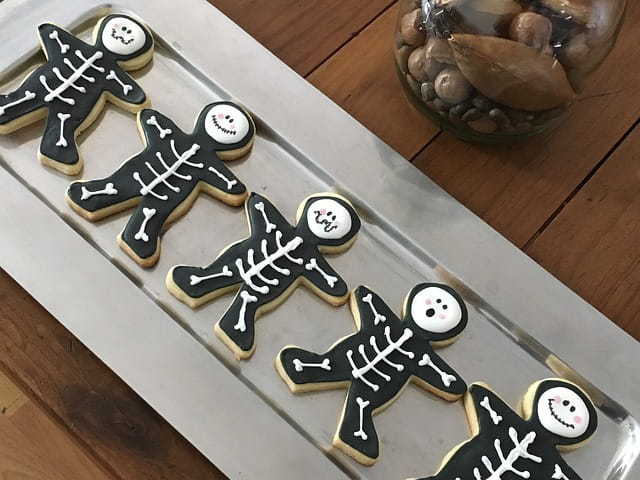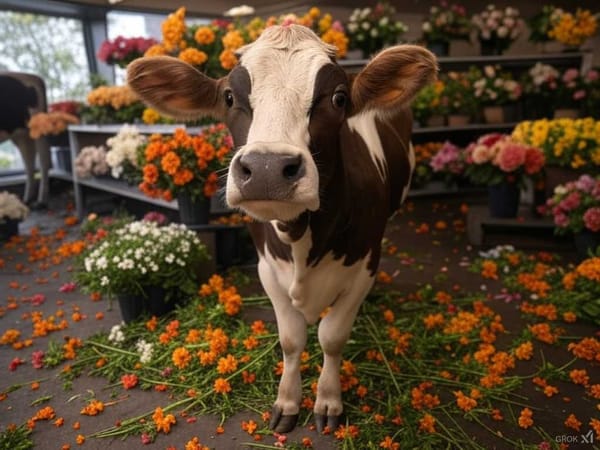Fine Mexican pastry recipes - authentic panettone and bakery
Do you want to learn recipes for fine Mexican pastries? Here you are lucky enough to be close to several authentic panettone and bakery options.

Do you want to learn recipes for fine Mexican pastries? Here you are lucky enough to be close to several authentic panettone and bakery options.


Scientists develop "organs-on-a-chip" to revolutionize drug testing. These miniature devices mimic organ functions, allowing researchers to test drug efficacy on patient cells before prescription.

Ditch the cliché Valentine's Day and ignite passion in Mexico! From Riviera Maya's luxurious beaches and overwater bungalows to Oaxaca's rich culture and cuisine, there's a perfect escape for every couple.

Mexico's fight against human trafficking is hampered by a lack of specialized training for investigators, particularly in "psychology of testimony," says UNAM expert. This deficiency leads to contaminated evidence and hinders justice for victims.

Soil: not just dirt! Vital for food, water, and fighting climate change, says UNAM expert. Over-farming and deforestation are killing it. We need to cherish soil or face a planet-sized disaster.